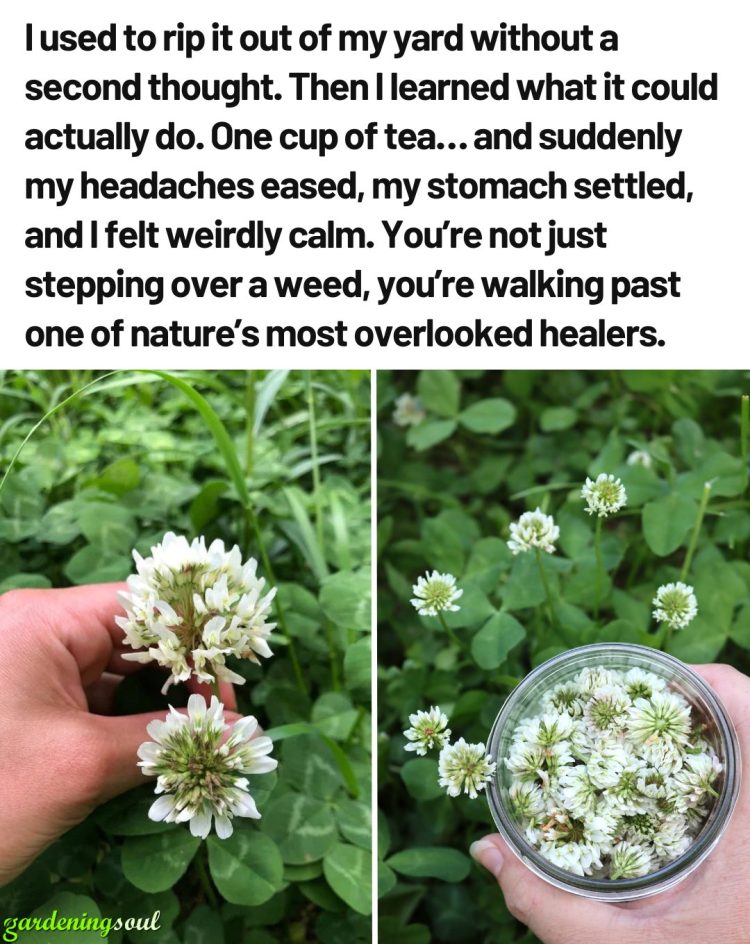White clover (Trifolium repens), a common yet often overlooked plant, is one of nature’s most valuable gifts hiding in plain sight.
Found growing in lawns, meadows, pastures, and even sidewalk cracks, this unassuming wild herb is a nutrient-rich plant with medicinal, culinary, and environmental benefits.
From ancient herbal medicine to modern permaculture gardens, white clover is cherished for its edible leaves and flowers, soil-enhancing properties, and ability to attract pollinators.
In this comprehensive guide, you’ll learn everything you need to know about white clover – including its uses in homemade remedies, foraging tips, safety precautions, and why it’s a plant worth keeping around.
What Is White Clover (Trifolium repens)?
White clover is a perennial, low-growing plant in the legume family (Fabaceae). Native to Europe and Central Asia, it has naturalized across the globe and is now one of the most common wild plants in North America.
Identifying features:
Leaves: Trifoliate (three-part) leaves with oval leaflets, often marked with a faint white crescent or “V” pattern.
Flowers: Small, round, white flower heads made up of tiny individual florets. Sometimes tinged with pink.
Growth habit: Spreads along the ground through creeping stems (stolons) and forms dense mats.
Height: Typically 4 -10 inches tall.
Bloom season: Late spring to early fall.
White clover is often confused with red clover (Trifolium pratense), but red clover grows taller and has pink-purple flowers.
Nutritional and Medicinal Properties of White Clover
White clover is edible and medicinal. It contains beneficial compounds that have been used for centuries in folk medicine and natural healing practices.
Nutritional profile:
Rich in vitamin C, vitamin A, and trace minerals.
Contains flavonoids, coumarins, and isoflavones.
High in protein, especially in young leaves.
Mildly alkaline, making it beneficial for balancing pH levels.
Medicinal actions:
Detoxifying (supports lymphatic and liver function);
Anti-inflammatory;
Expectorant (helps clear mucus from lungs);
Diuretic;
Mildly sedative (relaxing properties).
see continuation on next page
